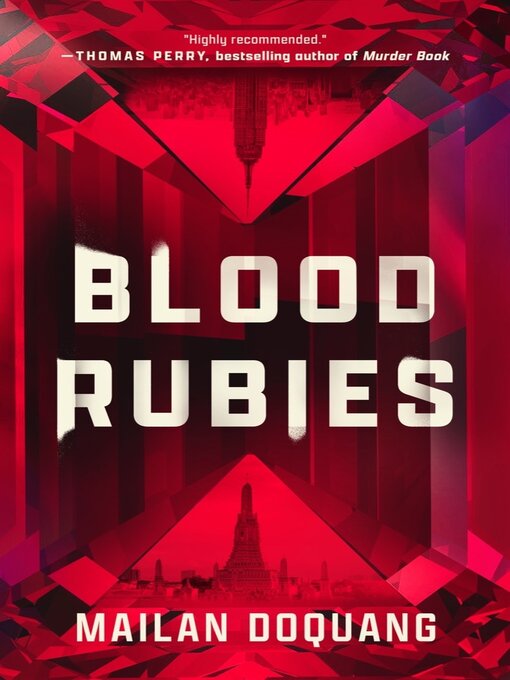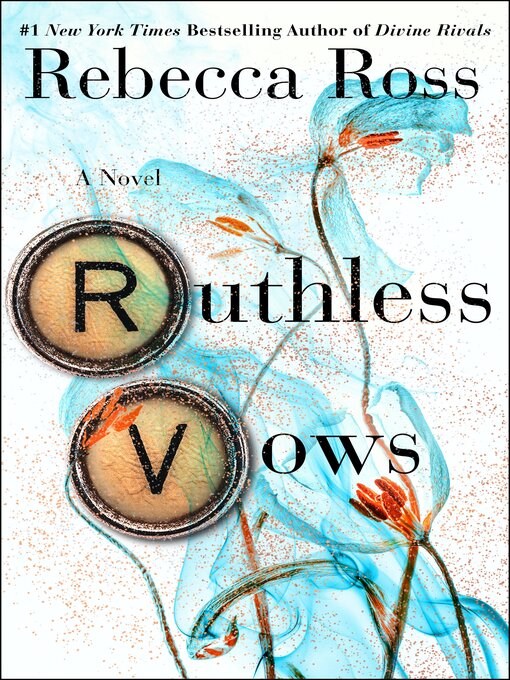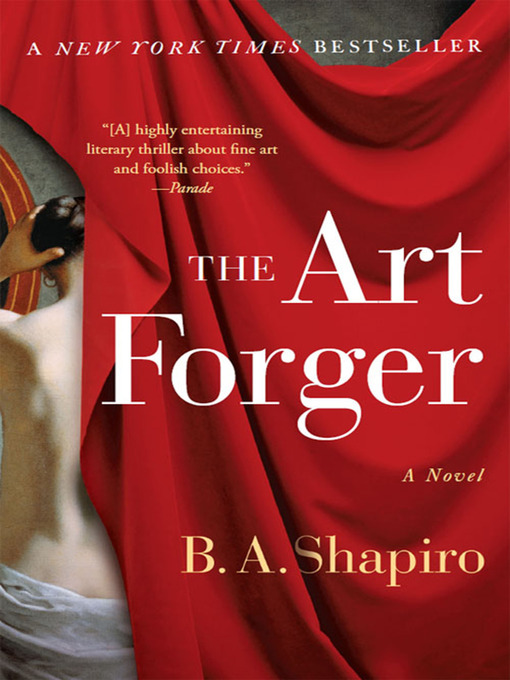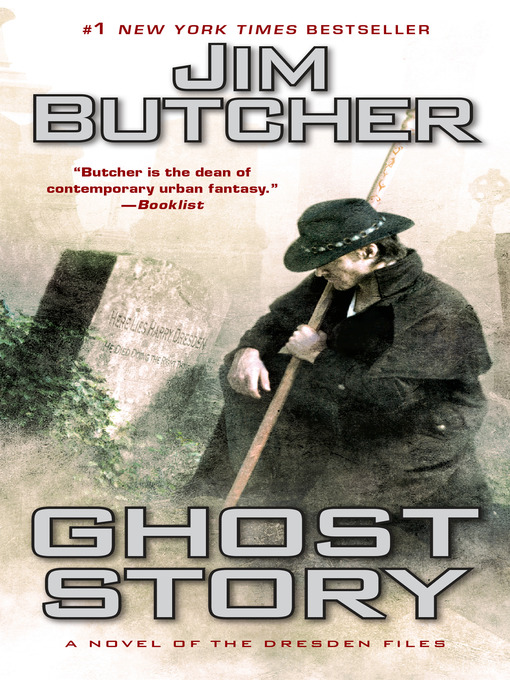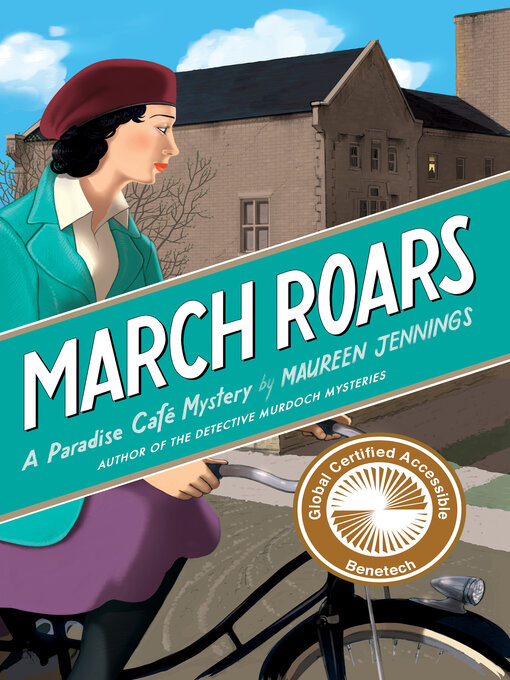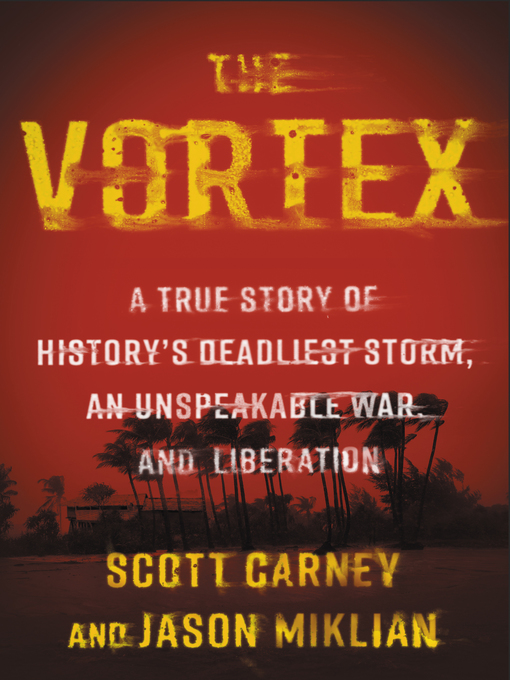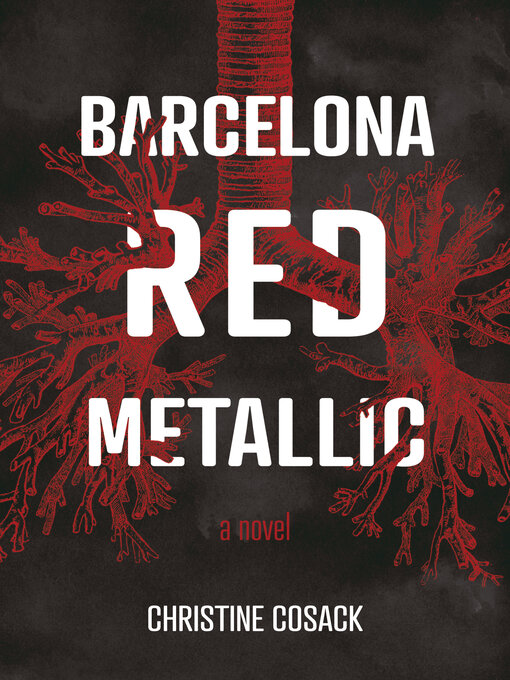The Toronto Blue Jays, fresh off a last place finish in 2024 but finishing with 91, 92, and 89 wins from 2021-2023, have pieces to make a deep push in the playoffs, but need some much needed help to do so. Their young talent is the biggest question mark, as some of them need a lot of work that might not fit their “win now” mentality. Bo Bichette and Vlad Jr. are both on the tail end of their Blue Jays tenure, both reaching free agency in 2026. Pitchers Kevin Gausman, Chris Bassitt, and outfielder George Springer will also reach free agency around that time. Pitcher Jose Berrios has an opt out in 2027, and can choose to go into free agency in his age 33 season. Because of this, and the incentive to build a successful team as Canada's only baseball team (rip Montreal), I begin my optimistic wish list for Toronto's future. I will break it down position by position and try to make it as digestible as possible, while providing 3 “tiers” of thought: cheap, average, and lucrative. I will try to add definitions for terms I use that not everyone would know to help with this.
BREAKDOWN OF MINOR LEAGUES:
MLB
AAA
AA
High A
Low A
ARBITRATION: player has reached enough service time to advocate for themselves if they believe they deserve a larger contract, if both sides cannot agree, it is taken to a third party arbitration hearing, not good for player-team relations
SPOTRAC.COM: website that evaluates player contracts and estimated player market value
PLAYER OPTION: clause in additional years of a contract where the player can choose to opt in or opt out, going to free agency
TEAM OPTION: clause in additional years of a contract where the team can choose to opt in or opt out, sending player to free agency
FANGRAPHS.COM: website that gives super in depth looks at each team and players, projections, and evaluations
CY YOUNG AWARD: best pitcher award
TEAM BREAKDOWN/WISHLIST ——————————————————————
CATCHER:
Alejandro Kirk, Tyler Heinemen, Brian Serven
After trading away Danny Jansen this past season, it's clear that Captain Kirk is the primary catcher for the years to come, now in his arbitration years and set to reach free agency in 2027. Originally signing as an international free agent way back in 2016, he is just now getting his spot as the no1 catcher. Taking a step back offensively in 2024 however, the Blue Jays should nix having Tyler Heinemen and Serven as the backups (kind of nothing players outside of being able to play catcher), and instead sign a no2 catcher that can also serve as a pinch hitter when needed. This is when trading your top catching prospect hurts you. Gabriel Moreno, traded from Toronto to Arizona, has become a top catcher in the game at only 24 years old. Traded with outfielder Lourdes Gurriel Jr. for Daulton Varsho, this trade still baffles me as you traded a top catching prospect and a quality outfielder for a decent outfielder who can play catcher but probably won't ever again.
The catcher free agent class is usually pretty weak, as a good catcher is one of the more important pieces to keep around. Ironically, Danny Jansen is a free agent again, but will probably be asking for a multi-year deal worth more than I would spend on a no2 catcher. After departing with Moreno, their catching prospect list is basically non-existent, as none of their catchers rank.
Cheap: Yasmani Grandal
Grandal will be entering his age 36 season, and has fallen off significantly after his time in Milwaukee. Injuries and poor performance filled out his 4 year contract with the White Sox, having just one good year from 2020-2023. Signing with the Pirates this year on a 1 year, 2.5mil contract, he put up better numbers than his last year with Chicago hitting more homers in less games. His best years are behind him, but as a switch hitting bench bat, he could provide some offense on a game to game basis. Spotrac has his projected market value to be 1.3m/y but I think matching his previous contract with another 1 year, 2.5-3 mil deal is a good cheap option for a no2 catcher.
Average: Gary Sanchez
Gary Sanchez is a veteran of the AL East division, playing with the Yankees for the majority of his career before stints with the Twins, Mets, Padres, and most recently, the Milwaukee Brewers. Batting .220 in 2024 with 11 homers in 89 games isn't anything special, but only 31, I can see him recovering some of his power lost from his Yankee days, and would sign him to a 2 year, 8 mil deal. Having him as a bench option/secondary catcher seems like the better option as his average and on base percentage is up from his last year with the Yankees, having played half as many games.
Lucrative: Elias Diaz
Diaz will “only” be 34 in 2025, and has more than 6 years of service time as a major league catcher. Starting with the Pirates but having his best seasons in Colorado, Diaz is a good backup option, batting .270 with Colorado this year before being traded to San Diego. He only hit half as many homers this year as he did last year, but still hit for a decent average. His market value is projected to be much higher than I think it should be at 13.1m/y, coming off of a 3 year, 14 mil extension and taking a step back in his production during those years, I can see signing him to a 2 year, 15mil deal.
SUMMARY:
Yasmani Grandal – 1yr,2.5-3 mil
Gary Sanchez – 2yr, 8mil
Elias Diaz – 2yr, 15mil
FIRST BASE:
Vlad Jr, Spencer Horwitz
The biggest question mark for the Blue Jays is whether Vlad Jr. can return to his 2021 season production or if this could be the final days of Vlad Jr. in a Blue Jays jersey. By far the most expensive player to evaluate, it's hard to see the Blue Jays not at least trying to keep Vladdy on the Jays. In his last years of arbitration and making almost 30 mil in arbitration in 2025, it's hard to see both sides agreeing on a number for a long term deal. Hitting 30 homers and batting over .300, he is edging closer to his best season with Toronto (40 homers, .300+ average), but with little time remaining on his tenure, the Jays should be putting him as their top priority. Spotrac has him valued as a potential 10 year, 250mil player, akin to the Braves' Matt Olson (8yr, 168 mil) which would become the largest contract in Blue Jays history, beating out George Springer's 6 year, 150 mil contract. Only missing 18 games since 2021, I think he is a safe person to bet big on, and at the very least, maintain his production for the majority of his career. In this game of ifs, I have to picture a reality where they don't get Vladdy to resign, either due to the front office's own mismanagement or because of a more lucrative deal from another team, most likely a routine contender.
Cheap: Spencer Horwitz
Just starting his tenure as a major leaguer and having a good first season in Toronto, the Jays can continue to develop Horwitz as their first baseman following a potential departure from Vladdy. Under contract until 2031, and not arbitration eligible until 2027, he is the perfect cheap, homegrown option to invest in and make their starting first baseman of the future. Hitting over .300 for the first months of his career and ending with a .265 average and 12 home runs is more than quality for a 24 year old drafted in 2019. His pre arbitration contract is only 741,000/y and he has the tools necessary to become a main piece of the Blue Jays future.
Average: Anthony Rizzo/Rhys Hoskins
This one is a little different because both players have options (Rizzo team option, Hoskins player option) so this is assuming both players have their options opted out of, sending both to free agency. Much like the signing of Brandon Belt last season, an added first baseman option will let Vladdy play games at DH and let him rest a little throughout the season without having to take him out of the lineup.
Anthony Rizzo, a World Series champion in 2016 with the Chicago Cubs and back in the World Series with the Yankees this year, hasn't had the same production since his time with the Cubs, and has been sidelined with injury during his tenure with the Yankees. The Yankees are expected to decline his option, I think Rizzo is a good left handed option, and if healthy, can still have quality performance on offense and defense. Signing a 32 mil contract from 2022-23 and another contract for 2023-25, the Yankees are expected to buy out the last year of his 40mil contract for 6 mil. From the start of his Yankees tenure to now, his market value has plummeted from 17/mil to an estimated 2 mil/y salary. Because of this, and his notable defense, I think he is a good option to have as a backup/bench bat. His last full season was 2022, where he hit 32 homers to a .224 average, and if he can get close to this production as a first baseman/DH/bench bat, can be a good signing for the Blue Jays. Despite him being 36 next season, I would give him a 2yr, 10 mil contract with an option for a third year.
Rhys Hoskins is kind of the opposite. Missing all of 2023 due to injury, and signing a short-term deal with the Milwaukee Brewers and proving he is still a quality player, I think Hoskins will opt out of his contract to pursue a more lucrative deal. Hitting 26 homers to a .214 average is nothing to scoff at after missing an entire year. His last full season was with the Phillies in 2022 where he hit 30 homers to a .246 average, pretty close to his most recent season. His estimated market value sits at 11.8mil/y, and I think that's fair given his current 17mil/y contract. At 31 years old, I would give him a 4yr, 50 mil contract, or a shorter 2 year, 30 mil contract with a player option for a third year.
Lucrative: Vladdy Jr.
Obviously, the lucrative option would be to sign Vladdy long term. Returning to form after a down year in 2023 where he only hit 26 homers to a .264 average, and only 25, the Blue Jays almost have to re-sign Vladdy, a generational cornerstone when at his best, an above average player at his worst. I would give him an 8yr, 200mil deal with options for a 9th and 10th year for a total of 250 mil.
SUMMARY:
Horwitz – 747,000/y, Team control until 2031
Rizzo – 2yr, 10 mil, option for third year
Hoskins – 4yr, 50mil or 2yr, 30mil with an option for a third year
Vlad Jr. – 8yr, 200mil with options for 9th and 10th year
SECOND BASE:
Will Wagner, Ernie Clement, Leo Jimenez
With a plethora of unproven infielders, it's hard to say how they will navigate 2nd base. Like Spencer Horwitz, Will Wagner performed well during his first few months with the Jays after being acquired from Houston. Batting over .300 in his first 25 games, it's still hard to tell what he will do in a full season given the chance. Ernie Clement has been a flexible infield option as well, playing 2nd, 3rd, and SS last season. He is on his way to being a productive everyday player, having played his career high in games last season and hitting to a .263 average. To compete for a championship in the next couple years however, they may need more. I can see Clement as the starting second baseman to begin the season, and depending on his production, reevaluate from there. He is almost 30 which is a bit old to develop as an infielder, and he will make 2.5mil next season. Leo Jimenez is too young and too green to evaluate as an everyday player, and has not performed well in his time given at the major league level. I believe he will start in the minor leagues and get called up when needed. Playing in only 60 games mostly due to injuries to the main core, he averaged .229 last season. Second base doesn't always have to be an impact position, but someone who should be in the field as many games as possible with some flexibility in their ability to play other positions. The top second baseman last season was Ketel Marte for Arizona, hitting 36 homers to a .292 batting average, by far an outlier on the offensive front. Former Blue Jay Marcus Semien is a close second place, who with Toronto broke the single season home run record for a second baseman but took a step back offensively with the Texas Rangers' collapse in the second half, only hitting to a .237 batting average.
Cheap: Use what they have in Wagner, Clement, Jimenez
Having an excess of middle infielders makes it easy to plug in someone you already have in your system, without the need to look elsewhere. Wagner showed promise and with Jimenez, are young and cheap with many years of team control. Ernie Clement showed success at the major league level but is getting older for someone who is just now getting significant playing time. He will be entering his age 29 season.
Average: Jorge Polanco
Switch hitting second baseman has a 12 million club option with Seattle for 2025, but only hitting 16 homers to a .213 average, I see Seattle declining his option, sending him to free agency. In the last year of his contract extension from 2019 with Minnesota, Jorge Polanco was a key piece of the Twins' success and still relatively young at 31 years old. Because of this, and his former success , hitting 33 homers to a .258 average in 2021, I think he would be a good short term, win now contract if he can return to form. His market value is a little higher than I would give him at 13.7/y, but a short term deal could be beneficial for both sides. Because of his past and as a switch hitter, I think a 2 year, 25 mil deal with an option for a third year worth 15mil would work well.
Lucrative: Gleyber Torres
Yankee mainstay Gleyber Torres hits free agency this winter, and depending on the Yankee's success in this year's World Series, the team might not re-sign Torres with young infielders on the rise in their minor league system. He's only missed a handful of games in his last 3 seasons, and a veteran of the AL East, could be a good steal for the Jays, even if at a hefty price. The Jays have a lot of young infielders, but could sign Torres to a multi-year deal to have some offensive stability while the young players develop. He took a step back offensively this year, dropping his homers from 25 to 15, and his average from .273 to .253, but looking at his first half vs second half stats, he performed much better in the second half as the leadoff hitter, hitting over .300 the last few months of the season. The Blue Jays' known issues with production in the leadoff spot puts Gleyber in a good spot to provide some early offense for Bo and Vladdy, who will get more opportunities to drive in runs early. Torres is only 27, and will fetch a high price. He received 14.2mil in arbitration last season, and due to his step back offensively, could be signed to a 3 year, 50 mil deal with options for more on the hope that he can return to his 20+ homer, .250+ average with consistency.
SUMMARY:
Wagner, Clement, Jimenez – <4 mil/y and a lot of team control
Jorge Polanco – 2y, 25mil with option for third year at 15mil
Gleyber Torres – 3y, 50mil with options for fourth and fifth year
THIRD BASE:
Clement (projected starter on FanGraphs), Addison Barger, Orelvis Martinez
The Blue Jays haven't had a consistent third baseman since acquiring Matt Chapman from Oakland in 2022, departing with Cavan Biggio and Santiago Espinal and settling on deals for Justin Turner and Isiah Kiner-Falefa last year. Their top third base prospect, Orelvis Martinez, hit to a .267 average in the minor leagues before getting called up to the Jays, and promptly suspended for 80 games after violating the PED policy. In years previous, he's been nothing special, but is only 22 years old. Another third base prospect, Addison Barger, got significant playing time last year but hit to a <.200 average, and will most likely start 2025 on the minor league roster. Another third base prospect, Cutter Coffey, one of the players acquired from Boston in the Danny Jansen trade, hit 14 home runs in the minor leagues before being traded, where he only hit 1 the rest of the season. This position is very much a work in progress, and in a win now scenario, needs significant improvement unless you move Vladdy back to third base, something he did a little bit last year but hasn't played full time since 2019. Moving Vlad to third would allow Horwitz or another first baseman (think Rizzo or Hoskins) to play everyday and still let someone play DH without removing much from the field defensively.
Cheap: JD Davis
Because of the unreliability from the Jays third basemen in their organization already, the best cheap option to acquire would be JD Davis, who has shown power in the past but didn't perform well last year where he only played in 50 games. He hit 18 homers to a .248 average with San Francisco in 2023, and could return to that 15+ homer form given a full season. In seasons where he played more than 100 games, he has hit at least 12 home runs and at least a .248 average. A 1yr, 2.5 mil deal, same as last season, should be good enough for him.
Average: Yoan Moncada
Riddled with injuries these past few seasons, Yoan Moncada needs a “prove it” deal, the opportunity to show the league you still got it on a short 1 year contract, to get back on the right track. As a switch hitting third baseman who was touted as a top prospect with Red Sox and later the White Sox, he is only a few years removed from his best campaign, where he hit 25 homers to a .315 average in 2019. Still young at 29, and most likely to have his 25mil team option opted out of, he will be looking for somewhere to show his stuff. Playing poorly from 2020-2024, only playing in a handful of games the last couple seasons, his price tag will be much lower than his contract was, and a 1 yr, 4 million dollar deal would be a good prove it deal for him.
Lucrative: Alex Bregman
Bregman is tricky, because there is a big possibility that the Astros resign Bregman, who has played his entire career in Houston, winning 2 championships in 2017* and 2022 respectfully. He is coming off a 5 year, 100mil extension signed in 2020, and will probably be asking for close to that if he hits free agency. Hitting 41 home runs in 2019, it's no question why he got the contract extension, but since 2020 has performed to a slightly above average statline, as a 20+ homer .250+ average player. If he can't get a deal done because his asking price is too high or Houston's offer is too low, I can see a 4 year, 80 million dollar deal for a quality third base option who has only missed significant time once in his career.
SUMMARY:
JD Davis – 1yr, 2.5mil
Yoan Moncada – 1yr, 4mil
Alex Bregman – 4yr, 80 mil
SHORTSTOP:
Bo Bichette, Ernie Clement, Josh Kasevich
Bo Bichette has been a mainstay at the shortstop position since 2019, hitting for a .300+ average almost every season, with his lowest coming this year due to injury at .225, but only playing 81 games (also important to note that it was a hand injury, so offensive struggles were likely because of that). He is set to earn 17.5mil in 2025, his last season before reaching free agency. During his stint on the injured list, Ernie Clement and others held down his position, but not performing nearly as well as Bichette had in years prior. Josh Kasevich has yet to debut on the Blue Jays roster, but performed to a .325 average in 41 games at AAA. I think he will start in the minor leagues, and probably only debut due to injuries or late in the season, so I think signing someone who can slot in to multiple positions while also taking over on rest days for Bo if needed.
Cheap: Amed Rosario
A flexible INF/OF, Rosario has had consistent success at the major league level, with most of his 9 seasons consisting of .260+ averages and 5-15 home runs. He has played most of the season each year, with stints on the Dodgers, Guardians, Mets, and Reds. Not a huge impact player offensively, but his value is in his versatility and ability to stay on the field, not to mention his low cost. Rosario signed a 1.5mil deal in 2024 with Tampa Bay before being sent to the Reds. His estimated value is 2.3m/y, so a 1y, 2.5 mil deal is more than doable.
Average: Ha-Seong Kim
San Diego has at least 50 shortstops last time I checked, Kim one of them, and his contract for 2025 rests on a mutual option. The Padres need to cut payroll, and Kim is expected to opt out of his side, despite a down year offensively. He only hit 11 homers to a .233 average, but at 29 years old and a veteran of the Korean league, Kim is still a worthy player. Kim missed 40 games this year due to injury, but played in 150 games in 2022 and 2023. He is coming off a 4 year, 28 mil contract signed in 2021, and his market value is estimated at 12.3mil/y. I wouldn't spend that much on someone who's best season was only 17 homers at a .266 average, but a 3 year, 33 mil deal with an option for a 4th works well for me, as he has also played second base in San Diego, another spot the Jays need to fill.
Lucrative: Bo Bichette
It's no mystery that Bo Bichette is talented, and that last year was an outlier to his overall production, but signing him to a long term deal would still come with some ifs. 26 years old is super young for a shortstop, and is coming off a 3 year, 33.6mil extension signed in 2023. Set to reach free agency after this next season, signing him now on the idea that he returns to form instead of waiting until after the 2025 season in case his stock rises so much he chooses to hit the open market is the best bet for a solid infield for years to come. Not counting 2024, where he missed half the season, he has hit over 60 home runs to a .300+ average since his debut in 2019. After a down year, you could probably get him to sign a long term deal for less than if he had played a full season, and a 7yr, 150mil contract is somehow on the cheaper end for a player like Bobear.
SUMMARY:
Amed Rosario – 1yr, 2.5mil
Ha-Seong Kim – 3yr, 33 mil with an option for a 4th year at 15mil
Bo Bichette – 7yr, 150mil
OUTFIELDERS:
George Springer, Daulton Varsho, Nathan Lukes, Joey Loperfido, Jonatan Clase
Instead of doing 3 players for each outfield position, I will present 5 outfielders, 2 cheap, 2 average, and 1 lucrative.
The Blue Jays outfield has seen massive turnover in recent years, going from proven sluggers like Teoscar Hernandez and Lourdes Gurriel to defensive standouts like Kevin Kiermaier and Daulton Varsho, but the constant member of the outfield, George Springer, has fallen off completely from his best years. The highest Blue Jays contract in history at 6yrs, 150mil, Springer is a shell of his former self, hitting to a .220 average last season. George will be 35 during the 2025 season, and a 35 year old outfielder is like one of those dogs with the training wheels because their legs are shot. A worthy candidate to replace George Springer as the top outfielder is Daulton Varsho, and while he was acquired through a horrible, lopsided trade, has proven he can patrol Center Field to a gold glove standard. Lukes, Loperfido, and Clase are young and unproven, but can fill out Left and Right field if needed. Outside of these names, there aren't a lot of impact players for the Jays' outfield. Minor leaguer Alan Roden would be the first one called up if needed, hitting to a .314 average in 71 games at AAA. There are always a lot of quality outfielders on the market, we'll see if the Jays can snag anyone of note for next season.
Cheap: Michael Conforto
Conforto has been through injury hell since he hit over .300 in the shortened covid season, missing all of 2022. He signed a 2 year deal with San Francisco, and performed well enough, playing most games during those two seasons and matching his production from 2021, even surpassing his home run numbers this last season, hitting 20 and batting .237. I can also see him taking somewhat of a prove it deal, improving last season but still needing to return to his 2019 standard, where he hit over 30 home runs for the first and only time in his career. His market value is set at 4.7mil/y, but I don't think he would go for anything less than 10 mil/y. A 1 yr, 15mil deal should be good enough value for what he is hoping to do in 2025. Conforto is a primary Right Fielder but can play Left and Center if needed.
Cheap: Harrison Bader
Besides a short run during his time with the Yankees, Bader has been a defense first outfielder for his career. I would compare this signing to the signing of Kiermaier a couple years ago, adding great defense but with Bader having slightly better offensive numbers. Having Bader as a Center Fielder allows Varsho to rest vs lefties, or allows him to slide to Left with Springer in Right for a more complete outfield. At 30 years old, and valued at 7.1m/y, I think a 1yr, 10 mil or a 2yr, 18 mil deal, comparable financially to Kiermaier's contract (1yr, 10.5mil).
Average: Tyler O'Neill
Canada's own Tyler O'Neill hit 31 homers last year, and would provide much needed power to the middle of the order for people not named Vlad Jr. He made just under 6 mil in arbitration in 2024, and is valued at 16.2mil/y after this great season. He did miss time with injury the past 3 years, which could lower his value a bit, but that makes the 31 homers this season stand out that much more. A corner outfielder, he can slot in as the everyday Left or Right fielder, and also DH when needed. Only 29, I can see signing him to a 4yr, 60 mil contract.
Average: Alex Verdugo
As a member of both the Red Sox and the Yankees, Verdugo is no stranger to the AL East, and has proven to be a +defender with solid offensive output. Only 28, he will probably be looking for a multi-year deal. Making 8.7mil last season in arbitration, I think a 5 year, 60 mil contract with options can be beneficial for both sides, as he provides a left handed bat and solid defense at the corner outfield positions.
Lucrative: Juan Soto
Juan Soto is on the fast track to the Hall of Fame. Only 25 years old, he won the World Series in 2019, and has over .300 for almost his entire career. Hitting for average and power, Juan Soto is the upper echelon of offensive production. His “worst” season is still a 25+ homer season, and had a career high 41 homers in 2024. The Yankees will do everything in their power to re-sign Soto, but why shouldn't the Jays do the same? Making a whopping 31 mil in arbitration this season, he will no doubt be a $500 million dollar man. Slotting in Right or Left, and as a power hitting left-handed bat, Juan Soto will be at the top of the list for every team worth their salt. A 15yr, 500mil contract is an insane amount of money, and is well deserved for a man of Soto's caliber.
SUMMARY:
Michael Conforto – 1yr, 15mil
Harrison Bader – 1yr, 10mil or 2yr, 18mil
Tyler O'Neill – 4yr, 60 mil
Alex Verdugo – 5 yr 60 mil
Juan Soto – 15yr, 500mil
DESIGNATED HITTER:
Vlad Jr., Spencer Horwitz, George Springer
As far as offensive production goes, the Jays need a significant improvement in their DH slot, having an everyday power presence while allowing Vladdy, Horwitz, and Springer to play their normal positions. DH's vary more year to year and don't receive long term contracts because they only hit. (The Yankees' Giancarlo Stanton is one of the only DH's to make significant money and only hit, as Ohtani will return to pitching in 2025). Because of this and the tendency to not sign a DH only player, the options are usually slim.
Cheap: Eloy Jimenez
Debuting with the Chicago White Sox and starting off strong with a 30+ homer season, Jimenez has never been the same player since, struggling with injuries and poor performance. He actually played the same amount of games in 2021 as he did in the shortened 2020 season because of injuries, but put up decent enough numbers in 2023, but not to the standard of his debut season. Because of his strong first season in Chicago, he was signed to a 6yr, 43 mil contract extension, and never lived up to the price tag. He has a team option for 2025, but at 16.5mil, he will most certainly have it declined. He's only 27, and could benefit highly from a 1yr prove it deal, if he can stay healthy. His estimated market value is only 2.3m/y, and a 1yr, 3mil contract for a DH on the hopes they can get back to their 25+ homer days is perfect for a Jays team that wants results without spending big.
Average: JD Martinez
Veteran slugger JD Martinez has produced his entire career, and at 37 years old, is only now starting to slow down. From 2014-2023 (not counting the shortened covid season) Martinez has played over 100 games each season, hitting to a .270+ average. 2024 has arguably been the worst of his career, only hitting 16 homers to a .235 average, but can still provide a power bat at the DH spot, not having to play every day either. At 38, a big money deal is risky, but with 7.5mil of his most recent contract deferred until 2034, could be attracted to a 1yr, 12 mil deal.
Lucrative: Joc Pederson
Another proven power bat, this time from the left side, Joc Pederson hit 23 homers to a .275 average in 132 games in 2024, one of his more consistent offensive seasons. A notorious power bat and two time World Series champion, he will most likely opt out of his 14 mil deal for 2025 and look for a multi-year contract in his age 32 season. His market value is estimated close to what he would earn this year, I think a 3yr, 50mil contract given he still produces is more than beneficial for the Jays.
SUMMARY:
Eloy Jimenez – 1yr, 3mil
JD Martinez – 1yr, 12mil
Joc Pederson – 3yr, 50 mil
STARTING ROTATION:
Kevin Gausman, Jose Berrios, Bowden Francis, Chris Bassitt, Yariel Rodriguez
The Blue Jays lucked out with Bowden Francis. When Kikuchi was traded, that opened up a spot in the rotation, and Francis broke out. Pitching to a 3.30 ERA and flirting with a no hitter on multiple occasions, Francis is an excellent pitcher for the future of the Jays. With an all righty rotation however, I think signing a lefty will be good for variety. With Rodriguez' struggles in his first season and subsequently pushed into a bullpen role, a spot is able to be opened up if needed. Alek Manoah (although also right-handed) should return for the second half of 2025 after his UCL surgery. Unfortunately their top lefty pitching prospect, 22 year old Ricky Tiedemann also is recovering from surgery and will miss the first half with Manoah. Lefty Ryan Yarbrough was traded for last season, so there is a possibility that he gets re-signed as a first half replacement for Manoah and Tiedemann.
Cheap: Ryan Yarbrough
Although mostly used from the bullpen this past season, Yarbrough was a starter for his first few years, pitching over 140 innings in 2018, 2019, and 2021 with Tampa Bay. Finishing last season with a 3.19 ERA in 44 games, Yarbrough could be a good lefty option to platoon that no5 starter spot with Rodriguez. Valued at 4.5mil/y renewing his tenure with the Jays on a 1yr, 4 mil contract should hold down the rotation until Manoah and Tiedemann can return from injury.
Average: John Means
The Baltimore lefty has been through injury hell, Only pitching more than 25 games in 2 seasons since 2019. In 2023 and 2024 he only pitched 4 games, and performed well with a a <3 ERA. Now a free agent, John Means will be looking for another 1 year prove it deal to show he can stay healthy and produce at a quality standard, which he did in 2019 and 2021, pitching over 140 innings to a 3.60 ERA. Making 3.3mil in 2024, a 1yr, 6 mil deal can help him show that he can still produce.
Lucrative: Blake Snell
The two time CY Young award winner got off to a slow start in 2024, not signing with a team until after Spring Training, which significantly halted his performance early on. Recovering tenfold and throwing a no hitter this year, Snell is expected to opt out of his last minute contract and hit free agency for the second consecutive season. In what has historically been an up and down statline on a year to year basis, Snell has shown consistency his last 3 seasons, pitching over 100 innings to a <3.50 ERA and winning the CY Young in 2023. He would slot in as the new ace, and a power lefty pitcher would round out the rotation nicely. Snell will most likely want to go to a regular playoff contender, and is valued at 26.3m/y. His biggest question mark in his career has been consistency, but after a third year of consistent performance, a 4yr, 150mil contract is well worth the cost.
SUMMARY:
Yarbrough – 1yr, 4mil
John Means – 1yr, 6 mil
Blake Snell – 4yr, 150mil
BULLPEN:
Jordan Romano, Chad Green, Erik Swanson, Genesis Cabrera, Ryan Burr, Brendon Little
Outside of closer Jordan Romano, setup man Chad Green, and lefty Genesis Cabrera, the bullpen is riddled with holes. In what was seemingly a revolving door of L talent, the bullpen is by far the part that needs the biggest change. The next guys up from AAA would be Zach Pop, Luis Frias, or Dillon Tate, all of which had poor performance in 2024. While not every pitcher in the bullpen needs to be an A+ guy, you should at least have consistency. There are always relief pitchers on the market, and on a wide range of price tags.
Cheap: Jose Leclerc
2024 was a step back for Leclerc after winning the World Series with Texas in 2023, pitching to a 4.32 ERA in 64 games. The veteran right hander is a consistent arm however, pitching over 50 innings in 6 of his 8 seasons. Coming off a big extension signed in 2019, and because relievers don't usually fetch a high price, a 2yr, 8 mil deal for Leclerc would add another stable arm in the bullpen.
Average: Kirby Yates
Yates was a Blue Jay for all of 6 seconds before injuring himself and sitting out his 2021 contract, but has since proven himself to be a top reliever in the game again. Cooking up a 1.17 ERA in 61.7 innings for Texas this year is outstanding for the veteran now entering his age 38 season, but age doesn't seem to have affected him as he put up his best numbers of his career. Because he is most likely on his way out of the league, I can see him settling for a 1yr, 8 mil deal.
Lucrative: Jeff Hoffman
Coming off a career year with the Phillies, pitching to a 2.17 ERA in 66 innings, his second consecutive season with an ERA in the 2's, Hoffman is a great choice to be that no1 guy out of the bullpen. Age 31, he will be looking for a multi-year deal. Estimated value set at 6.2m/y, I think a 3 year, 20 mil deal would give the Jays their A+ guy out of the bullpen to set up for Green and Romano in the 8th and 9th.
SUMMARY:
Jose Leclerc – 2yr, 8mil
Kirby Yates – 1yr, 8mil
Jeff Hoffman – 3yr, 20mil
this has been my most ambitious post by far, and if any of these happen, I am the GOAT.

